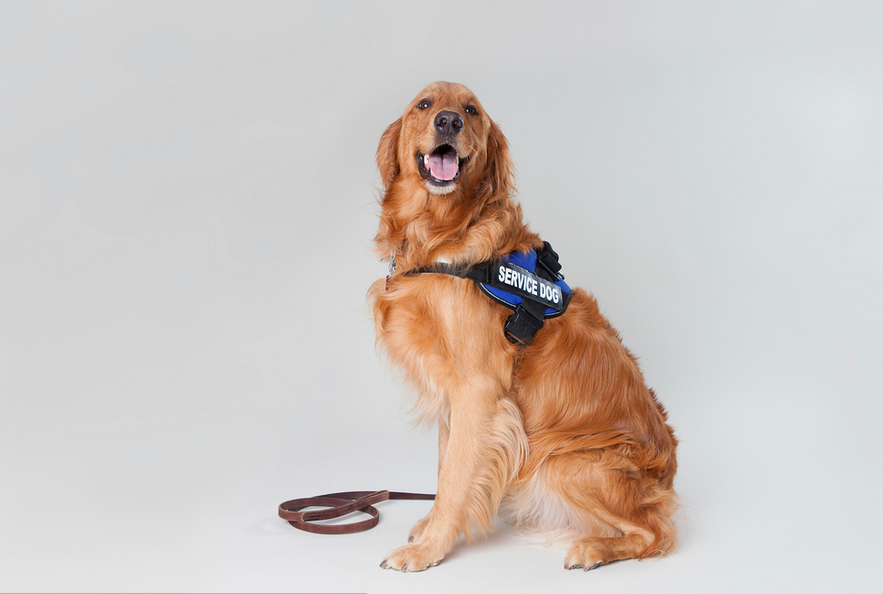The Causes and Treatments For Hot Spots On Dogs

Hot spots are lesions that are red, moist, irritated and painful. They may appear anyplace on a dog. The chest and head are two typical places for hot spots. Once a dog has hot spots, he or she can worsen the condition through licking, scratching and chewing.
Dog who have heavy coats may have a greater chance of getting hot spots, particularly if they are almost ready to shed. A dog with a matted coast, tangled hair or another grooming issue may also be at greater risk for hot spots.
Another risk factor for hot spots is exposure to water, whether from frequently going swimming or living in a climate that is rainy and warm.
An allergy to fleas could result in hot spots. A dog with this allergy will scratch at fleas, worsening existing hot spots. Some dogs may have allergies to other pests, such as ticks. There could also be allergens such as dust or mold in your home, or pollen outside your home, that could afflict your dog. Dogs may also have food allergies that could result in hot spots.
If a dog’s living situation is stressful, it could result in the dog excessively licking, biting or scratching, which could result in hot spots. The same is true if a dog is bored or is not getting sufficient exercise.

A veterinarian might prescribe a specially formulated salve, powder or shampoo for a dog suffering from hot spots. The vet often shaves the area around hot spots to make it easier to clean that area. If it turns out the dog has an infection that is deeper, the dog may be prescribed oral antibiotics. The dog may be fitted with an Elizabethan collar, which prevents the dog from licking or chewing hot spots in order to give them a chance to heal.
The veterinarian may test your dog for allergies such as the ones listed above. If an allergy is discovered, you will need to make sure the offending allergens are removed from your dog’s environment. In the event of a food allergy, you will need to change your dog’s diet. Even if there is no food allergy, the vet may recommend changing the diet in order to improve the health of your dog’s coat and skin. Take a look at more information about causes and symptoms of dog allergies.
In warm weather, you may want to clip your dog’s hair, especially in the event of a heavy coat. Your dog should be neatly groomed year round if hot spots are an issue. If your dog gets particularly wet, whether through washing, swimming or another cause, you will want to thoroughly dry your dog.
Vacuum your house frequently, particularly the environment around your dog, to remove potential allergens.
Make sure your dog is getting enough exercise. If your dog seems to be licking or scratching out of boredom or stress, you will need to make positive improvements in your dog’s environment to remove stress and increase activity.
If you’re looking for a fast and effective treatment or more information, check out Dr. Rose’s Remedies.
Jon Lewin writes for a variety of websites.
